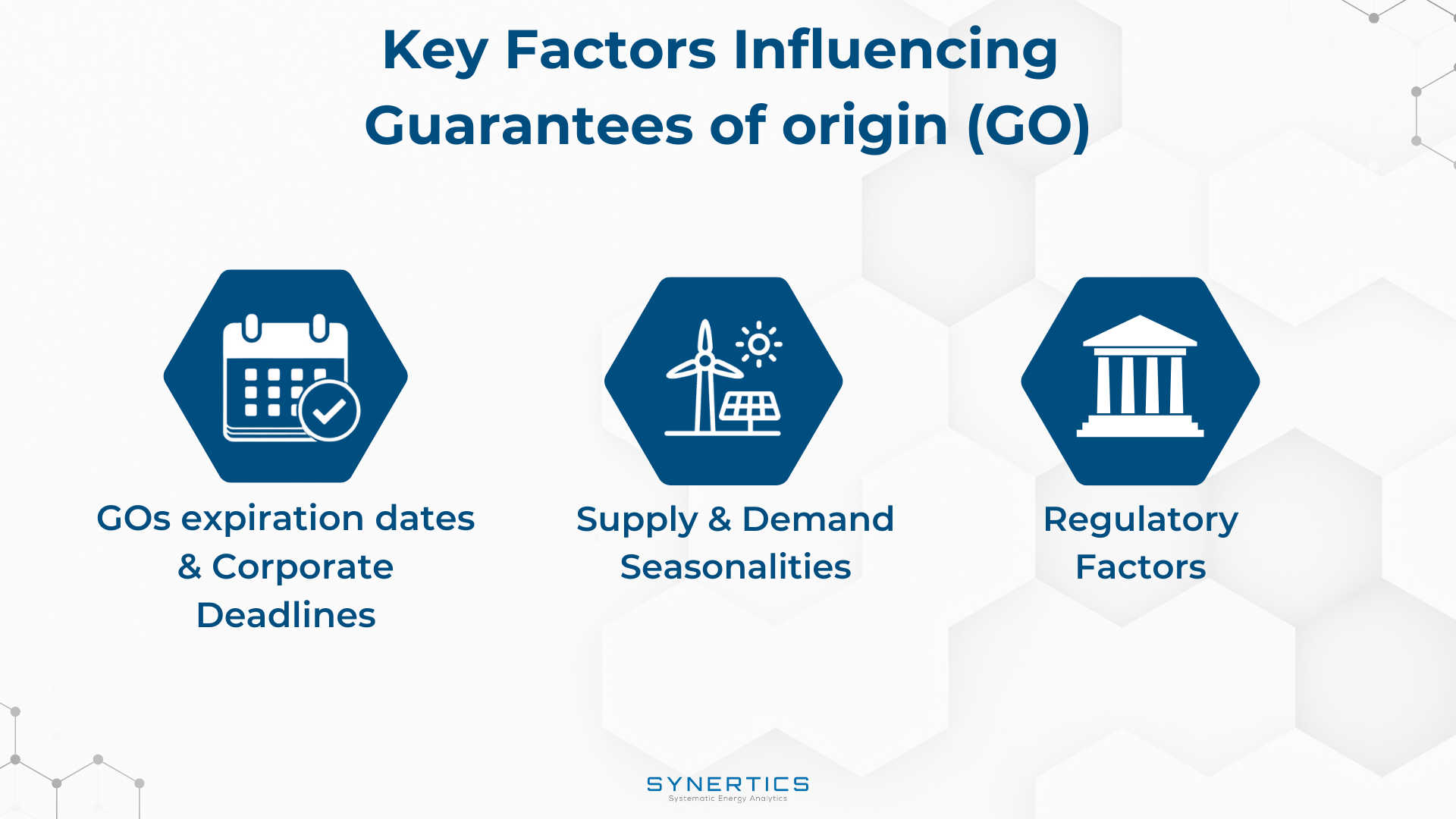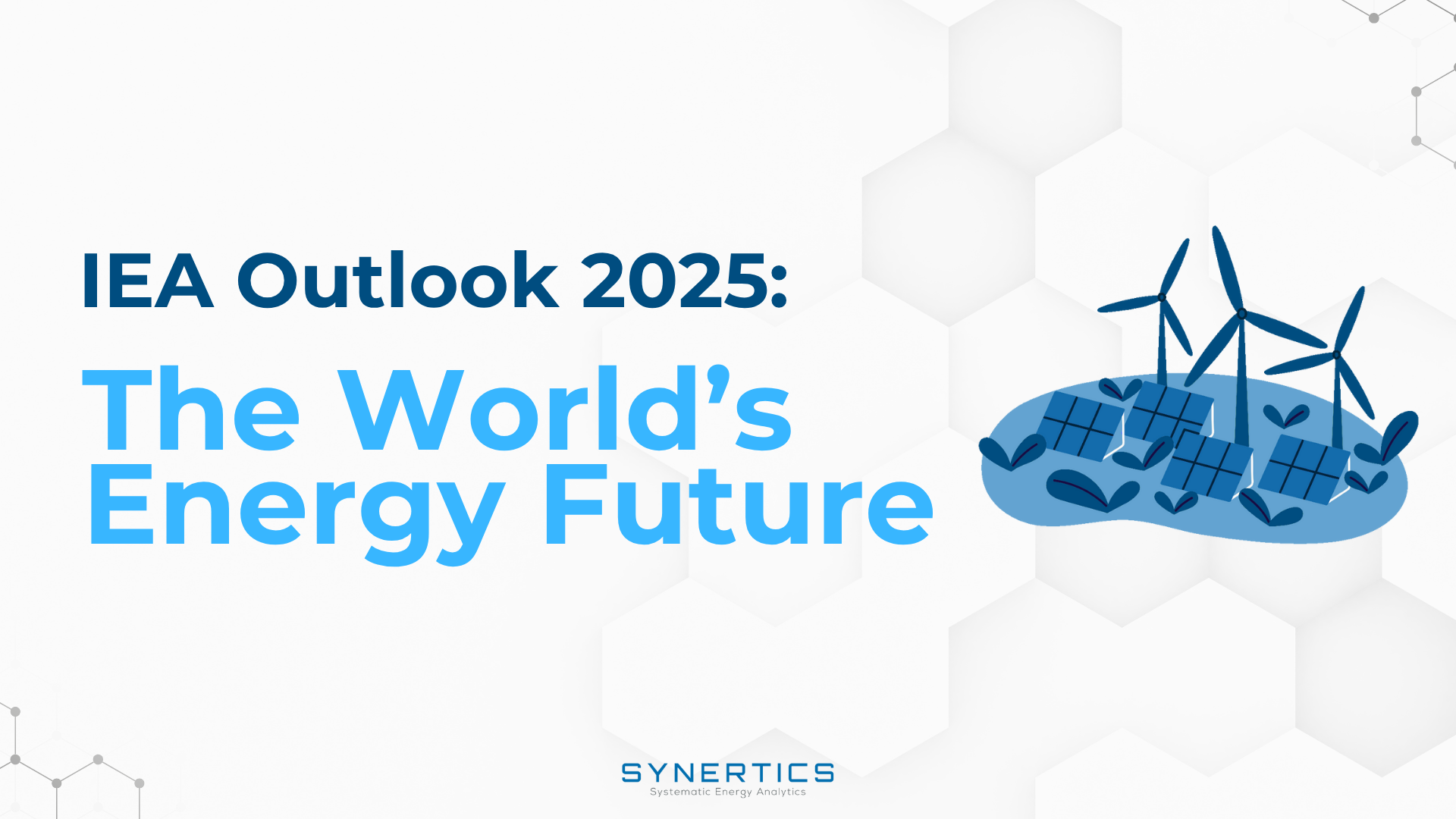Join us on our journey towards renewable energy excellence, where knowledge meets innovation.
In a previous article on curtailments in Germany we discussed how the amount of redispatching has increased throughout the years. Redispatching occurs when grid operators instruct certain power plants to ramp down or ramp up production in different areas to alleviate congestion and ensure stable energy flows. This article will focus solely on the curtailing side of energy production during redispatching.

The growing trend can largely be attributed to the expansion of wind and solar energy in Germany's electricity mix. Additionally, Germany faces a geographical imbalance, as the majority of wind power is generated in the northern regions, while much of the energy intensive industries are concentrated in the south. This discrepancy leads to congestion on the transmission network, necessitating redispatch measures to ensure grid stability.
In this article we will take a closer look at the share of renewable energy, specifically solar and wind, that gets curtailed, in comparison to the overall curtailed energy during redispatching, and how this amount of curtailed renewable energy compares to the total production of renewable energy in Germany.
Curtailment of solar and wind power during redispatching
Graph 1 presents the share of renewables curtailed during redispatch, in comparison to the overall curtailment. The graph shows that onshore wind had the highest share of curtailments across the first three years, accounting for over 44% in 2019, and showing a gradual decline until 2023. Offshore wind's share of curtailments grew significantly and surpassed onshore wind by 2022. While both onshore and offshore wind accounted for a significant part of the curtailed energy, solar consistently accounts for the smallest portion of curtailments throughout the period. Although its share increased slightly between 2021 and 2024, it remains a minimal contributor compared to wind energy.
Overall the share of renewables accounted for 56% in curtailments in 2019. More recently in 2023 curtailments from renewables still account for 55% of all curtailments. While the share of renewables that get curtailed has not significantly changed, the type of renewable energy has. We see that from 2022 on, offshore wind replaced onshore as having the largest curtailment share. It is unsure whether this trend will continue, as data for 2024 does not cover the whole calendar year.

Share of curtailed solar and wind energy per total production
Graph 2 presents the percentage of major renewable energy production types curtailed, in relation to its total production. From 2020 offshore wind is the most curtailed energy source, with a peak in 2023 where the amount was equivalent to almost a quarter, 24% of the actual production. On the other hand, the share of onshore wind curtailed remains lower, and is slowly decreasing. Solar curtailment remained low throughout the period. Although there was an increase in curtailed solar energy between 2022 and 2024, the amount curtailed remains relatively low.
While difficult to point at the direct cause of less offshore wind getting curtailed in 2024 as compared to 2023, possible causes include improvements in grid infrastructure and enhanced grid management that have been accelerated through the REPowerEU programme. Curtailments could be further reduced this year through the government's "use instead of curtail" approach, which will be launched in October 2024. It encourages consumers like electrolysers and power-to-heat plants located near wind farms to use excess energy instead of wasting it.

Conclusion
The growing curtailments in offshore wind energy, indicate a significant challenge for Germany as it aims to reach 24.6 GW by 2030 under its Energiewende policy. With only 9.1 GW of offshore wind currently installed, and already a substantial portion being curtailed, peaking at 24% in 2023, this trend highlights the increasing strain on the grid.
Without infrastructure upgrades, particularly in transmission, curtailments will worsen as the share of renewables grows. Strengthening the grid and deploying energy storage solutions are essential to easing pressure and integrating renewables effectively.
If you’re curious about other possible strategies to handle curtailments and to optimise your revenue streams, reach out to our advisors at Synertics!

Insights, Market-trends
15th Dec, 2025

Insights
2nd Dec, 2025

Insights
19th Nov, 2025